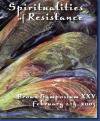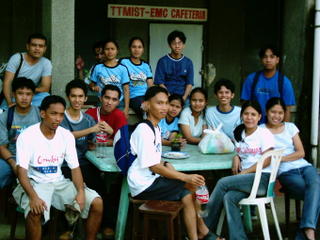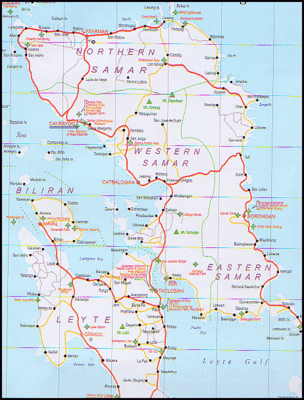
THEY flapped their wings, scratched the ground, and wiggled their tails as they danced and romped through the main streets of Calbayog City, during the vesper day parade on Sept. 7, held in celebration of the city fiesta in honor of the Our Lady of Nativity.
People lined both sides of the street to witness another performance of the Sarakiki-Hadang Festival. They also went to the Christ the King College grounds for the formal presentation of a dance ritual by the skilled dancers dressed like chickens. In fact, the dancers had become the joy and pride of the locals who would always crow about the dance group's success.
The group was first organized as the Sarakiki Festival in the mid-1990s, during the term of then Mayor Reynaldo Uy, who is now the representative of Samar's first district. The city government wanted then to have a festival that would instill pride and sense of identity among the Calbayognons and to unify them as one community. They settled on the Sarakiki Festival.
Sarakiki is said to be based on the legend of Ilahas and Mahusay, which means wildlife and beautiful. According to legend, Ilahas invented a new dance that he and Mahusay performed before their tribe in Ibatan (now Calbayog). The dance movements were patterned after those of a cock.
Sarakiki is a Waray term that describes the movement of a rooster when it tries to court a hen or to provoke another rooster to a fight. The cock spreads one of his wings down and moves fast with one leg up, around the object his love or enemy. Imitating the rooster, the dancers also clench their fists with the thumbs out, to represent the fowl's gaff (tadi in Waray and tari in Tagalog).
Incidentally, the dance movements can also be seen in the kuratsa, a popular courtship dance of the Warays.
Ancient rite
Since its first public appearance, the city government, through the City Arts and Culture Office, has sponsored the Sarakiki Festival. Aside from the city officials, parents, students and members of private organizations have also been supportive of the event.
When Mayor Mel Senen Sarmiento assumed office in 2001, the holding of the festival was temporarily stopped. It was revived the following year as the Sarakiki-Hadang Festival.
Hadang is an ancient rite said to have been performed by early Calbayognons when asking the gods for a bountiful harvest, cure of the sick, or the defeat of the enemy, among others.
A Hadang Ritual Competition marked the opening of the recent week-long festival. The first prize went to the Trinidad National High School, while the national high schools of Oquendo and San Joaquin bagged the second and third prizes.
Among the other features of the celebration were cultural shows, body-painting contest, band competition and a regional brain and beauty contest dubbed "Search for Miss Anyag 2003," which was won by 18-year-old Ruby Rose Reyes of nearby Gandara, Samar.
The Sarakiki-Hadang Festival group is composed of 109 student-dancers from different city schools and 15 city government employees. It uses at least 12 bamboo drums, 12 snare drums and six bass drums.
Wacky dance
And whenever the beating of the drums starts, lead dancer Eddie "Wacky" Flores again leads his flock of dancing chickens in what seemed to be a frenzied but actually well-coordinated movements that never fail to enthrall the crowd.
With adrenaline rushing, Wacky and his fellow dancers perform the rooster's courtship movement by swaying their body, stomping their feet, and flailing their hands to the rhythm of the drumbeats.
On his own, Wacky would perform his own version of the "chicken walk" or wag his long feather tail to the delight of the crowd.
The Sarakiki has already won several awards in regional competitions. During the recent Tandaya-Ibabao Festival of Festivals in Tacloban City, it no longer competed but performed an exhibition number.
In the national scene, the group was recently adjudged second runner-up during the Aliwan Festival dance competition in May at the Star City. It was also invited to perform during the opening on Sept. 18 of the "Best in Region 8," an activity sponsored by the Department of Tourism under its "WOW Philippines" program.

































